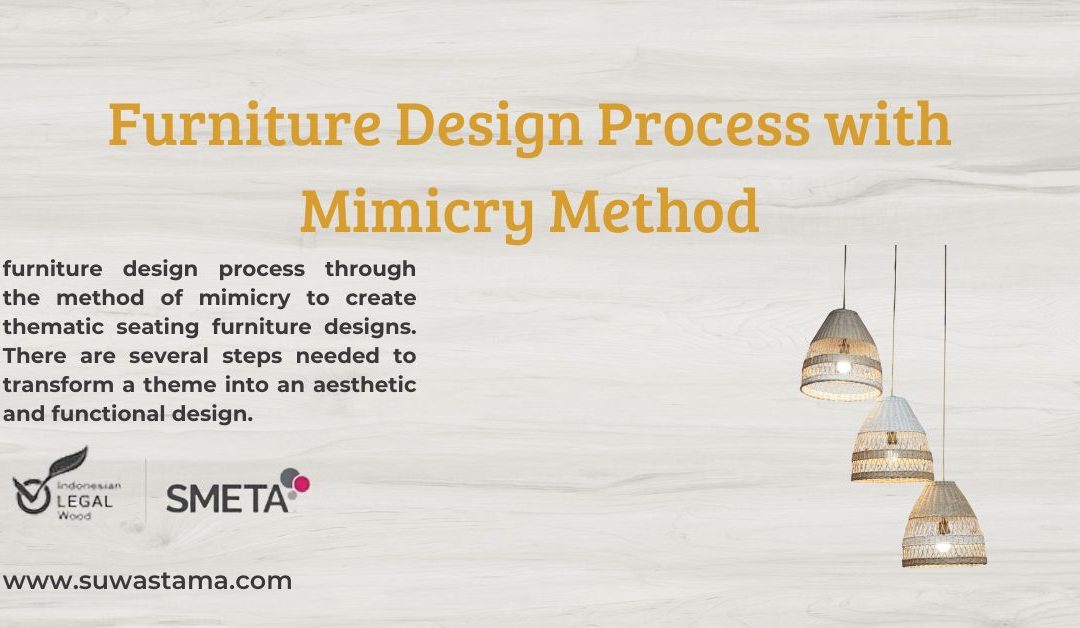In this Article we will discuss the furniture design process through the method of mimicry. We’ll use this method to create thematic seating furniture designs. There are several steps needed to transform a theme into an aesthetic and functional design, which will be the final output for this semester’s course.
What is Mimicry?
First, we need to understand what mimicry is. Mimicry is the process where one species becomes similar to another species. In design, mimicry is a method for creating a design that resembles, is inspired by, or feels like another existing object. According to the book “Universal Principles of Design” (2021), mimicry is a technique that adopts properties from familiar objects to gain certain benefits.
Types of Mimicry
Mimicry is divided into several types that can be used for theme transformation:
- Surface Mimicry Surface mimicry makes a design look like another object. For example, a cushion that looks like a rock but feels soft like a pillow. Its visual appearance can stimulate users’ perception and create a different feel between the visual and the texture.
- Behavioral Mimicry Behavioral mimicry takes on the characteristics, attitudes, movements, or habits of other objects into the design. For example, a design that adopts the elasticity and movement of a snake, or a ceiling in a restaurant that mimics the characteristics of wind or waves.
- Function Mimicry Function mimicry takes on the function of another object. In other words, designing an object that works like another object. For example, fish fins used as a tool to direct dynamic water objects.
Design Process with Mimicry
The design process utilizing mimicry allows us to understand objects better by identifying them, interpreting them into basic geometric or organic shapes, reducing or adding forms, simplifying, or adjusting the theme object’s characteristics into the transformation process. By sketching out the basic shapes derived from the properties and characteristics of the object, we can ultimately perceive which shape is most representative of the theme object and turn it into aesthetic, thematic, ergonomic, and functional furniture.
Conclusion
After learning about the types of mimicry and the transformation process that can be done, you are expected to choose a theme from nature to be the theme object and start processing that theme using the mimicry method, transforming it until you find a basic shape that can be developed into an interesting furniture design.

